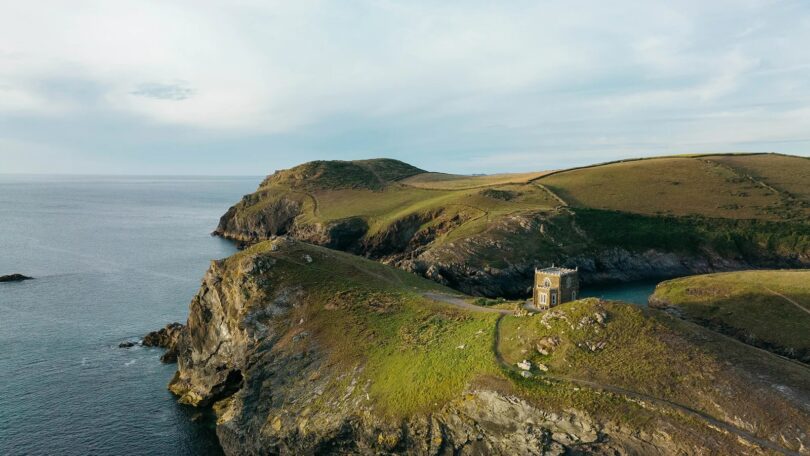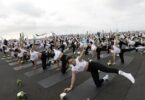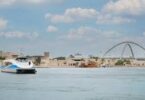Graeme Green
More than 84% of people in the UK currently live in urban areas. But this island nation still has an abundance of beautiful, wild open spaces where it’s easy to feel removed from the stresses of modern life.
There remains a sense of timelessness to experiencing the austere peaks and glassy lochs of the Scottish Highlands or the gently undulating downs and dales of England. Whether it’s a bluebell-coated forest floor or a rugged coastline where waves smash against towering sea cliffs, these places are both exhilarating and calming for mind, body and soul; a vital opportunity to recharge our batteries and an elixir for physical and mental health.
A new book, Wild Escapes, provides inspiration for getting away from it all with 40 properties in wild, remote locations across the UK, from floating cabins to miniature castles, tree pods to cave houses. We talked to Manchester-based travel photographer Annapurna Mellor, who took all the photos for the book, about unusual nature retreats, the importance of disconnecting and the wildest landscapes she’s ever seen.
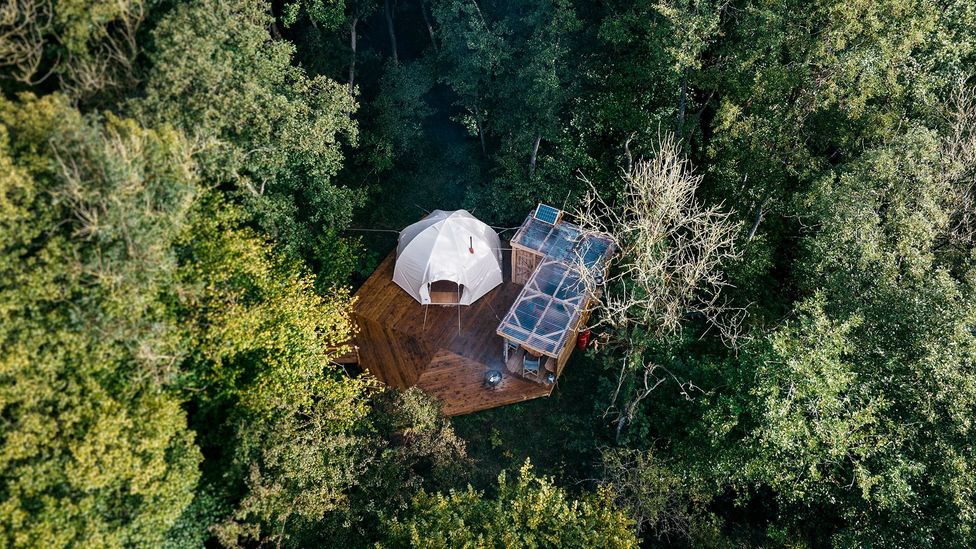
The Lazy T is a luxurious glamping resort in the North York Moors National Park (Credit: Annapurna Mellor)
Does the UK still have a lot of wild places?
When I visited a lot of the places in the book, I’d meet National Trust rangers and tell them the concept. They’d often say, “There are no wild places left in the UK.” Even places in Scotland that we might associate with being wild are not how the landscape should look like. Often, places have been very heavily farmed for centuries.
But in terms of the feeling of being in a place that’s wild, there are a lot of places where you can go to where you really feel like you’re completely in nature.
What does “wild” mean to you, then?
It means a place where you can disconnect from the modern world and feel a sense of remoteness or at one with the elements around you: the weather, the landscape.
Is spending time in nature an important antidote to busy modern lives?
It’s incredibly important. I live in a city, like many people. I work at a computer. At many of the properties in the book, there’s no mobile phone service, no internet. You can completely switch off. You’re listening to your thoughts, feeling what’s around you and not constantly scrolling online. Being in these places did me a lot of good.
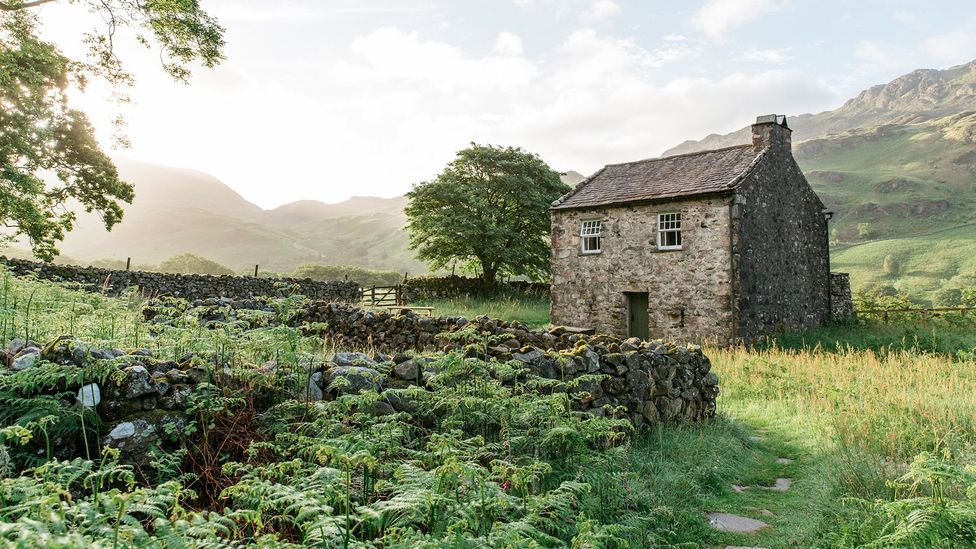
Located in the heart of the Lake District, Bird How is a great base for hikers (Credit: Annapurna Mellor)
Which was your favourite wild escape?
Bird How in Cumbria. It’s a place where you feel like you’re by yourself within a massive landscape. It’s in Eskdale valley, a very remote valley in the Lake District. You’re in a tiny cottage. You open the doors and you have incredible hills all around. I arrived in the evening, when it was raining and misty, and then I woke up next morning to beautiful sunshine. I really felt the elements and weather around me. It was a beautiful feeling.
Another favourite was The Lazy T in North Yorkshire. They’ve got lovely cabins and yurts nestled in woodland. But the real highlight was the hosts, Katie and Skot Doman. Katie is a chef and took me foraging. Getting to know people who live in these places, what their lives are like and how they use the landscape, was a wonderful experience. When I travel abroad, I often look for homestays where you spend time with locals and learn about the place through them, but it was amazing to do that in Yorkshire, where I grew up.
Which was the oldest building you photographed?
The Rockhouse Retreat in Worcestershire. It’s built into caves that are around 7,000 years old. They’ve been lived in by different people over time. Even in the beginning of the 20th Century, people from the Black Country were living in them.
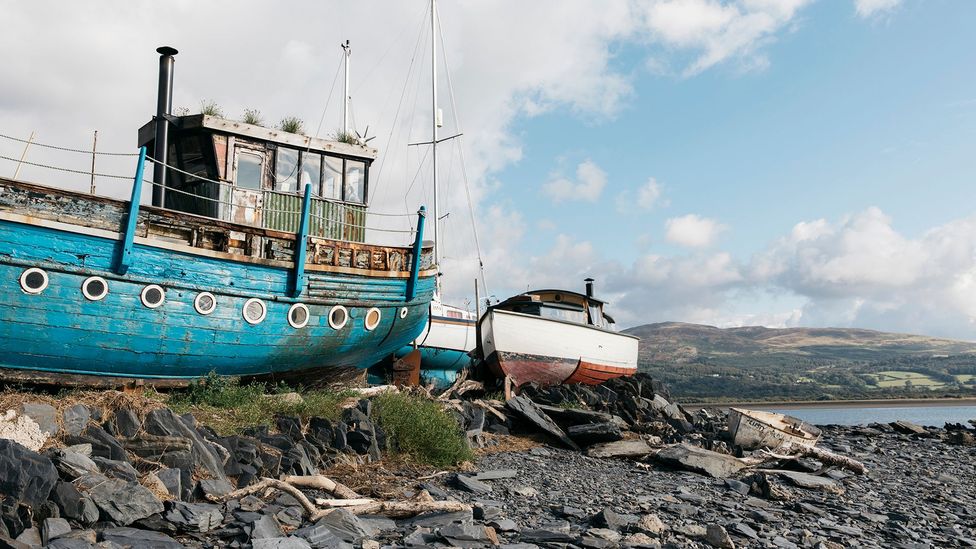
The Boy John is a converted fishing trawler with outstanding views (Credit: Annapurna Mellor)
Which was the most unusual escape?
The Boy John boat in Aberdyfi, Gwynedd. It’s a sort of shipwrecked boat in an old shipyard in mid-Wales. You’re surrounded by other boats, and then this one has been converted for glamping. You can go upstairs and look out from the captain’s wheel, across the estuary, and see lots of birds.
The Raft at Chigborough in Essex is unique, too. It’s a floating cabin with a wrap-around deck. You’re floating on your own lake, surrounded by birds. At night, the sound of an owl was so loud. You also have a boat that you can row to a hot tub.
Which area of the UK gave you the greatest “wilderness” feeling?
I went up to the Outer Hebrides to the Isle of Harris. I didn’t realise that places in the UK still had that feeling and that people still lived so remotely. That was my favourite place to spend time in.
How do you go about capturing a feeling of wildness in photos?
A lot of these places were really remote, so I focused on trying to capture the property within the landscape. A lot of the photos were taken using drones; in order to get that sense of scale, the drone is helpful – you can pull it all the way back, so you can see how isolated a property is within a huge landscape.
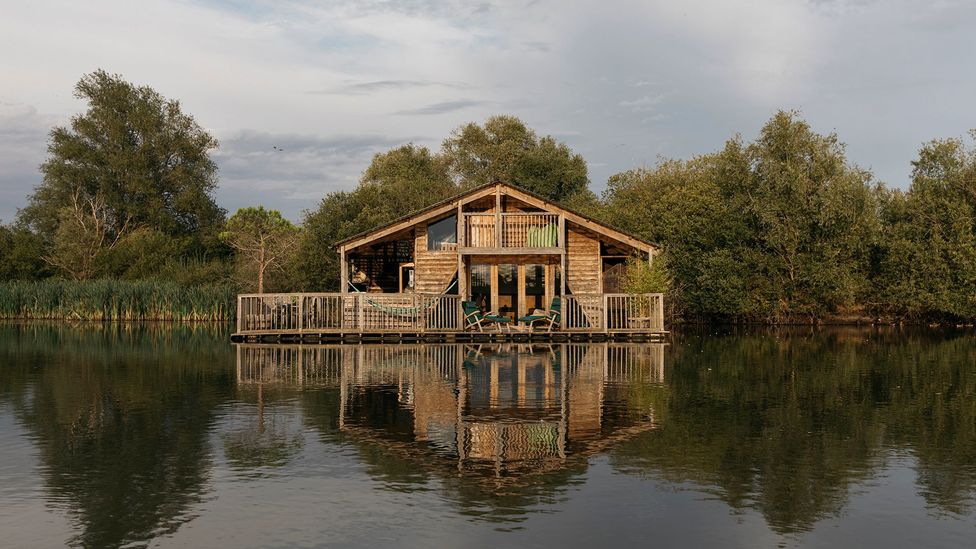
Float on your own private lake at The Raft in Essex (Credit: Annapurna Mellor)
Outside of the UK, which other remote places have you explored?
I’ve spent time in the Himalayas. I’ve been up in Arunachal Pradesh in the north-east corner of India, which is quite difficult to get to. I travelled up to Tawang, on the Bhutanese border and to Ladakh on the other side of India.
I love being in remote places, but for me, travel is always about people. It’s very special to see how local cultures live in such a remote, unchanged landscape. It was amazing to be in a place where monasteries are perched on hilltops, surrounded by the Himalayan mountains, and to see the way people in these remote harsh environments survive and thrive.
What have you learned from your travel adventures?
Even though I’ve been to a lot of the world, I feel like I’ve only scratched the surface. Every time I go somewhere new, I realise how much more there is to see. I’ve also learned wonderful things about people around the world, how different people live, and how maybe I can take that back into my life and apply that to how I live.
Courtesy: BBC

